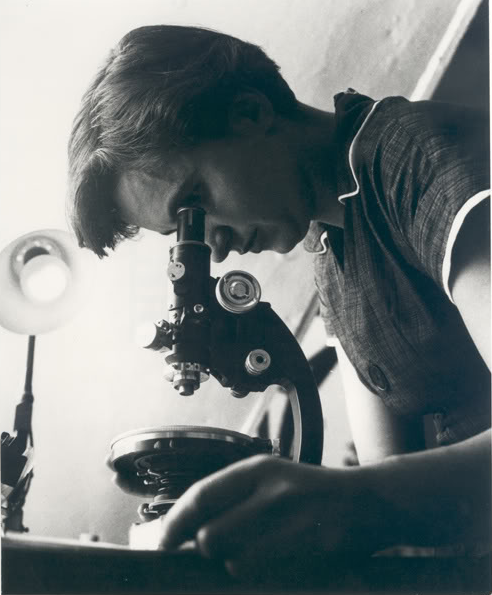NOTES FROM THE HINTERLAND 7
Girlhood: What’s Your Youth Policy?
Girlhood is a tale of young female street gangs from the Parisian banlieue. It examines the drugs, deprivation, delinquency and diminished choices in the modern city environment. It features streetfights, shoplifting, bullying and prostitution.
Girlhood is certainly a challenging film. But the abiding impression one takes from it is the incandescent beauty of youth. Girlhood’s young stars are funny, graceful, resourceful and strong. Their charisma creates the poignancy that is at the heart of the movie. What a waste…
Many say that ours is a culture that loves youth too much. I don’t think we love it enough.
Of course there’s endless historic evidence of the potential of young people to remake the world around them. Alexander the Great conquered most of the known universe before he was 30; Descartes wrote ‘I think, therefore I am’ when he was 23; Orson Welles co-wrote, produced, directed and starred in Citizen Kane when he was 26. Youth properly directed can be the engine of change and innovation in any field of activity, within any community or business.
In the communications industry we tend to hire young people en masse. We train them as best we can. We give them bike racks, breakfast and Bacchic revels. And then we set them to work on long hours and short deadlines.
But do we properly appreciate our young colleagues’ empathy with other young consumers, with the challenges of urban living, with the changing landscape of technology?
Do we sufficiently value their particular ability to think anew about old problems? Do we trust them with the creative and strategic decisions that matter?
Can we afford to continue losing talent to technology businesses and entrepreneurial enterprises that don’t put an age limit on responsibility?
Does the communications industry need a strategy for youth?
(I should just say, by the way, that, while I am in awe of youth, my generation did have better music…)
Photograph 51: Do We Need More Proof-Obsessed Loners?
Photograph 51 by Anna Ziegler opened in the West End last week. It stars Nicole Kidman as Rosalind Franklin, the British x-ray crystallographer whose 1952 image of a DNA molecule led to the revelation that DNA, ‘the building block of life’, has a double helix structure.
The credit for this breakthrough has largely gone to the Cambridge scientists, Francis Crick and James Watson, who built a model of DNA inspired by Franklin’s photo, and to Maurice Wilkins, who worked with Franklin at King’s College, London. These three were awarded a Nobel Prize in 1962. Franklin, who died from cancer in 1958 at the age of 37 and therefore did not qualify for the Prize, was written out of the story, in no small part because of sexism within the science community. (Thank goodness things have changed since then…)
The play considers the different working methods of the scientists involved. Franklin operated in isolation and was obsessed with original data and experimental proof. By contrast Crick and Watson were team players who dealt in intuition, hypothesis and models.
Photograph 51 implies that science progresses at pace when these two approaches interact: rigorous, data-driven research and bold, imaginative supposition. There’s a suggestion that science could do with a little more of Crick and Watson’s creativity and flair.
I suspect we in the communications industry would also do well to follow this hybrid approach, but that we suffer the opposite dilemma: we have a wealth of intuitive team players; however, we’re not over-supplied with proof-obsessed loners. Perhaps we could do with a few more Rosalind Franklins.
World Ballet Day: Where Athleticism Meets Art
1 October is World Ballet Day. Five of the world’s leading ballet companies will unite for a day of live-streamed rehearsals, interviews and insights. If you think ballet is just tutus, tiaras, Nutcrackers and nursery stories, I urge you to reconsider and log-on.
What fascinates me about ballet is that it brings together sporting precision and performance with creative innovation and style. The dancers are exceptional athletes, demonstrating discipline, teamwork and sheer hard graft. They train hard and learn fast, together. But they are also thoughtful, artistic people who co-create, interpret and inspire. They have their own individual aesthetic, personality and flair. It’s an intoxicating cocktail.
Business could learn a lot from ballet.
If Only Life and Business Had a Prompter
I attended a play in preview last week. An unfortunate actor had a number of long, elaborate speeches to deliver and, as it was so early in the run, on a handful of occasions he forgot his lines. He looked up severely at the prompter sitting with a text in the front row and said rather forcefully, ‘Yes, please’. Thus prompted, the prompter gave him the next line and the actor was back on track.
It struck me as something of a shame that we don’t have prompters on hand in life and business. I have often been in the middle of what I thought was a compelling exposition, only for words to fail me at the crucial moment. If only I could just look up there and then, turn to one side and intone ,‘Yes, please'…
No. 49


